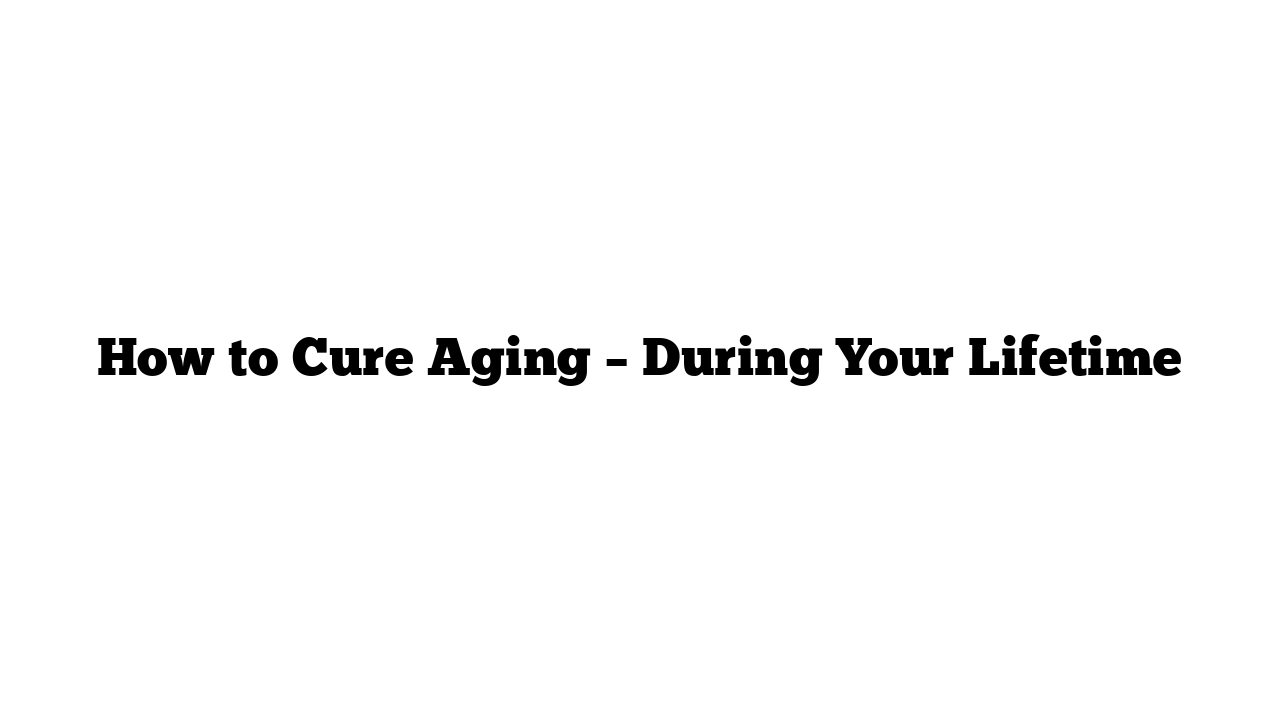Health is our most valuable asset, but we often take it for granted until it’s gone. As we live longer than ever, an unexpected consequence is that many people experience prolonged periods of illness. Aging often leads to more time spent in pain and discomfort, prompting scientists to focus on optimizing not just our lifespans but also our healthspans—the length of time we remain disease-free.
To achieve this, researchers are investigating the root causes of bodily decline: aging itself. Recent breakthroughs in the science of aging have brought us closer to potential solutions that could benefit those alive today. Let’s explore three exciting discoveries.
1. Senescent Cells
Every cell in your body has an expiration date. When cells divide, they replicate their chromosomes but lose tiny bits of DNA at the ends. Telomeres, long segments of DNA, protect these ends like the plastic tips of shoelaces, but they shrink with each division. Eventually, some cells lose their telomeres and become senescent cells, often referred to as “zombie cells.”
These senescent cells linger in the body and can cause damage to surrounding tissues, contributing to age-related diseases like diabetes and kidney failure. Scientists have engineered mice that can selectively eliminate their senescent cells. The results were remarkable: older mice without these cells were more active, had improved organ function, and lived up to 30% longer in better health.
While we can’t genetically modify humans, researchers have found a way to target senescent cells using a specific protein that triggers cell death. In a study from late 2016, mice treated with this protein saw 80% of their senescent cells eliminated with minimal harm to healthy cells. This treatment led to overall health improvements, including hair regrowth. Several companies are now pursuing similar treatments, and human trials are on the horizon.
2. NAD+
Cells are composed of countless parts that need constant maintenance—destroyed, cleaned up, and rebuilt. As we age, this process slows down, resulting in damaged or insufficient cell components. One crucial component is NAD+, a coenzyme that helps cells maintain themselves. By age 50, our NAD+ levels drop to about half of what they were at 20. Low NAD+ levels are linked to several diseases, including skin cancer, Alzheimer’s, cardiovascular diseases, and multiple sclerosis.
Although NAD+ cannot enter cells directly, scientists have identified substances that can convert into NAD+ once inside. Research in 2016 showed that these substances could boost the multiplication of skin, brain, and muscle stem cells, enhancing their ability to repair DNA and potentially increasing lifespan. Even NASA is exploring NAD+ to minimize DNA damage for astronauts on Mars missions. Human trials are being planned, and NAD+ could become a leading candidate for the first anti-aging pill.
3. Stem Cells
Stem cells are like blueprints, residing in various parts of the body and producing fresh cells. However, as we age, the number of functional stem cells declines, which contributes to bodily deterioration. In studies on mice, researchers found that injecting stem cells from younger mice into older mice reinvigorated their aging cells. The new stem cells secreted micro RNAs that improved the metabolism of older cells. After four months, the treated mice had better brain and muscle function and lived, on average, 10% longer.
Another study injected stem cells from mouse embryos into the hearts of older mice, which improved heart function, increased exercise endurance by 20%, and even accelerated hair regrowth.
The Path Forward
These findings highlight that there’s no single magic bullet for curing aging. A combination of therapies may be needed: eliminating senescent cells, replenishing stem cells, and regulating cellular metabolism with medications. However, it’s essential to note that these studies were conducted on mice, and further research is necessary to determine if similar effects will occur in humans.
Human trials are crucial for understanding how we can extend our healthspans. This field of research deserves more attention and funding so that future generations can grow old without suffering. If you’re interested in supporting aging research, consider visiting lifespan.io, a community dedicated to advancing scientific efforts to cure aging.
